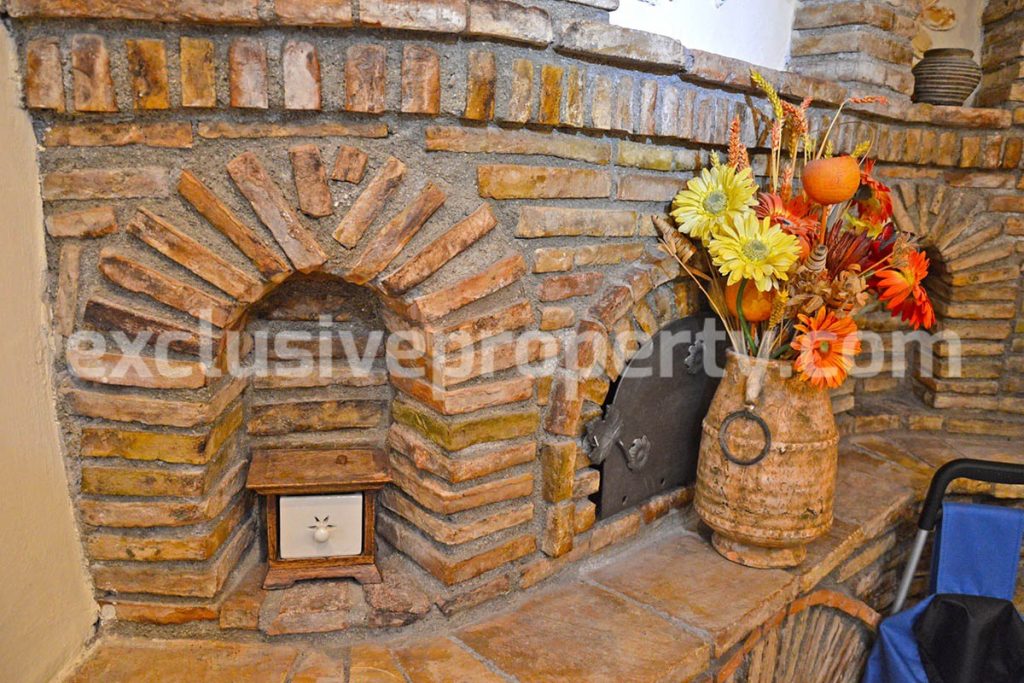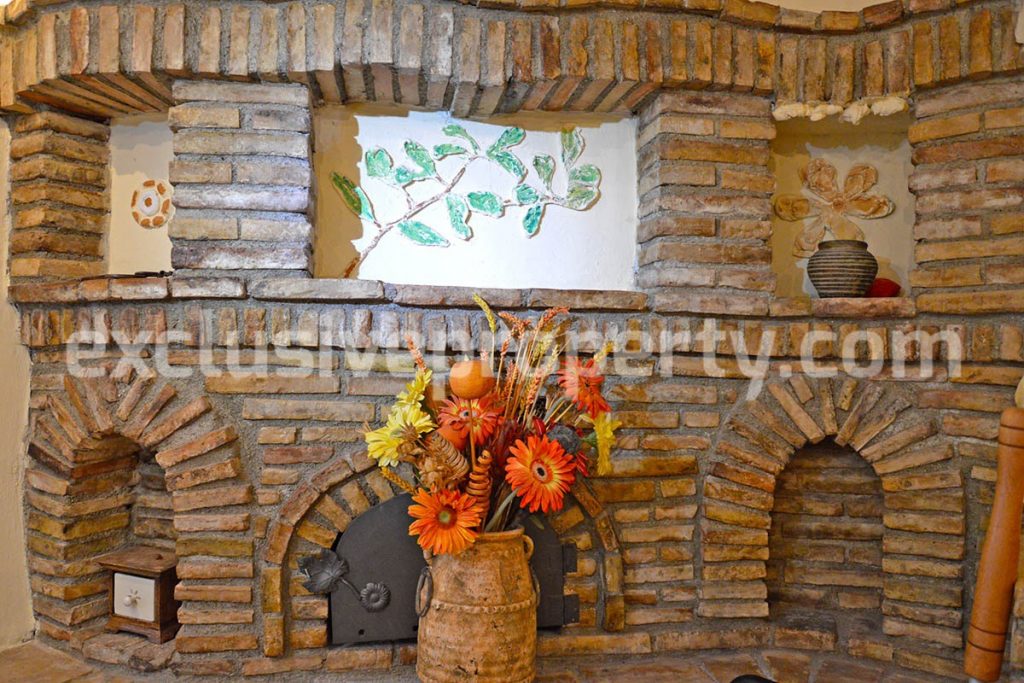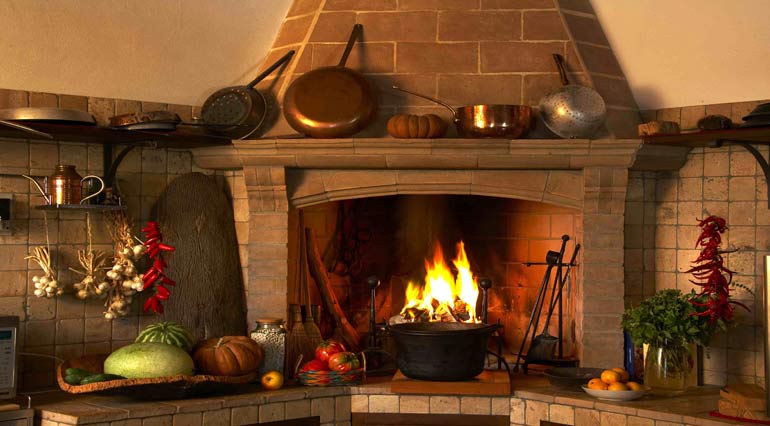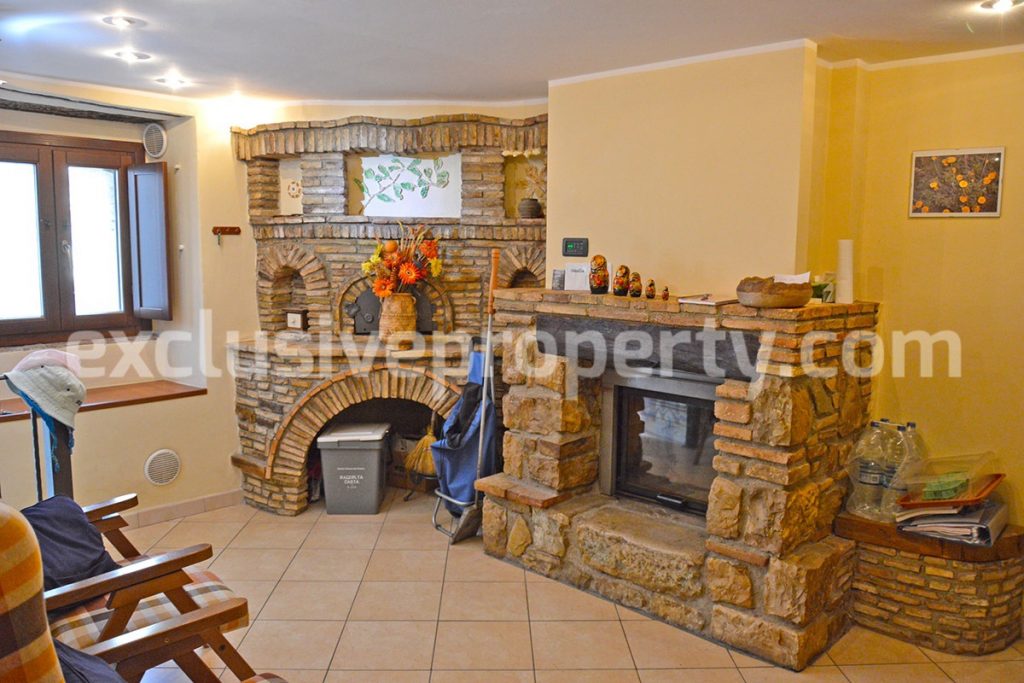Old-fashioned fireplaces are becoming increasingly coveted, and for good reason: a well restored fireplace can add great character to a room, and, if it is well-maintained, can be an excellent source of heat during the cold winter months. However, the benefits of having a real coal or wood fire in your home must be balanced by dedicating a little time and money to ensuring that your fireplace functions both safely and efficiently.
Fire place obstruction can lead to an inefficient, and potentially unsafe, fireplace. This can be explained by the fact that a well-functioning chimney is necessary not only to allow potentially harmful gases to escape from the room, but also to ensure that the fire burns efficiently. As hot air ascends in the chimney, the fire sucks in more air from the room through the grate, in order to fill the space that has been left. Without this continuous supply of air, the fire would burn itself out. Deposits of flammable substances such as creosote also have the potential to cause chimney fires. Thus, a clean chimney is also a safer, more efficient chimney.
Can’t I clean my chimney myself?
If you have a day to devote to the task, lots of patience and the necessary equipment, it is possible to clean your chimney yourself. Bear in mind, however, that chimney sweeping can be a somewhat messy process! Make sure that you cover the fireplace and carpet with plastic or a dust sheet before you begin. However, if you cannot see far enough up the chimney to discern whether or not this is the case, or are unsure, it would probably be better to consult a professional chimney sweep than to risk overlooking an obstruction that might be a safety hazard. It is also possible to purchase chemicals which can be put onto the fire before it is lit. When these chemicals burn, they produce a gas which breaks down most of the substances commonly deposited inside chimneys. It is worth remembering that it is inevitable that loosened soot will end up crashing down into your fireplace, so be prepared for a fairly time-consuming clean-up! If you would prefer not to attempt either of these more modern methods, you could always hire some brushes. This takes a lot of patience and can be physically tiring. You will also need a sturdy ladder and quality footwear if you want to examine your chimney from the roof. If you choose to maintain your own chimney, it is worth remembering that keeping the chimney clean will not be your only task; routine maintenance tasks ought not to be overlooked. For example, firebacks will inevitably become damaged by the heat of the fire, and cracks may begin to appear. It is possible to do a patch-up job on smaller cracks, but in the event of larger cracks appearing, it is best to install a replacement.
How often should I have my chimney cleaned?
Chimney sweeps usually advise that chimneys ought to be cleaned after a period of prolonged disuse (over the summer for example). Many also advise that chimneys should be cleaned before the end of the heating season to ensure that the chimney is clear of animal nests and prepared for the subsequent idle period.
If a chimney is used very often, it might be necessary to sweep it more often. A professional chimney sweep would be able to advise the optimum cleaning schedule for your chimney. Anyway a chimney should be cleaned at least once a year.
Some general tips
• It is better to burn hard woods than soft woods. Not only do hard woods burn slower, making them more economical, they also make the fire burn hotter. This reduces the amount of creosote deposited inside the chimney, which will help keep your chimney cleaner for longer. Reducing the amount of this flammable substance inside your chimney also has considerable safety benefits.
• Do not use artificial logs.
• Purchase a good guard for your fireplace. A fire with a well-functioning chimney is still unsafe if sparks from the fireplace come into contact with a carpet or furniture.
• The best safety precaution you can take is to have your chimney cleaned and inspected by a professional chimney sweep on a regular basis. There are, however, certain warning signs that you can look out for yourself. A fire that is burning more slowly than usual can be sign of a partially blocked chimney, as can the presence of smoke in the room.




